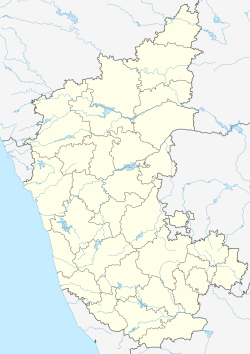The town has the famous and ancient Nagavi University at the southern part of the town, which operated between the 10 and 13th centuries. There are ruined temples and mosques scattered all around this area probably belongs to Rashtrakoot Empire and Nagavi temple one of the Shakti peetha of southern and 60 piller of Nagavi university about 1200 year ago they was built by rastrakuta and 2nd oldest university after nalanda. Capital Malkhed of Rashtrakoota is located east of Chittapur about 14 km.
Chittapur town has its own historic background of Nagavelambika Temple and Hajarat Chittavali shaha Darga. The Town Municipal Council (TMC) Chittapur was constituted in 1952.
Excavations
In 1986, when the roof of the Kali temple in Chandralamba temple complex collapsed, it destroyed the idol. However it revealed four Ashokan edicts on the floor and foundation stone of the temple. These edicts were written in the Prakrit language and Brahmi script and one of them was used as foundation of the pedestal for the Kali idol. [7] [8] During subsequent excavations by Archaeological Survey of India (ASI) and the State Archaeology Department, tablets, sculptures, and other terracotta items were found, and most importantly numerous limestone panels of sculptures of the ruined 'Maha Stupa' or Adholoka Maha Chaitya (the Great Stupa of the Netherworld) were found. Archaeologists believe that Ranamandal was a fortified area, spread over 86 hectares (210 acres; 0.33 sq mi), out of which only 2 acres had been excavated by 2009. Clay pendants of Roman origin, black polished pottery, Shatavahana and pre-Shatavahana coins, ornaments made of copper, ivory and iron, a township with paved pathways, houses, and limestone flooring have been found. Many excavated items were later shifted to Gulbarga Museum. [8]
The government has asked the Archaeological Survey of India to take up further exploration of the Ranamandal area to know the history of the region emperor. [7]
In 2010, ASI along with Sannati Development Authority deputed Manipal Institute of Technology to prepare a blueprint for restoration and reconstruction of the stupas. [9]
